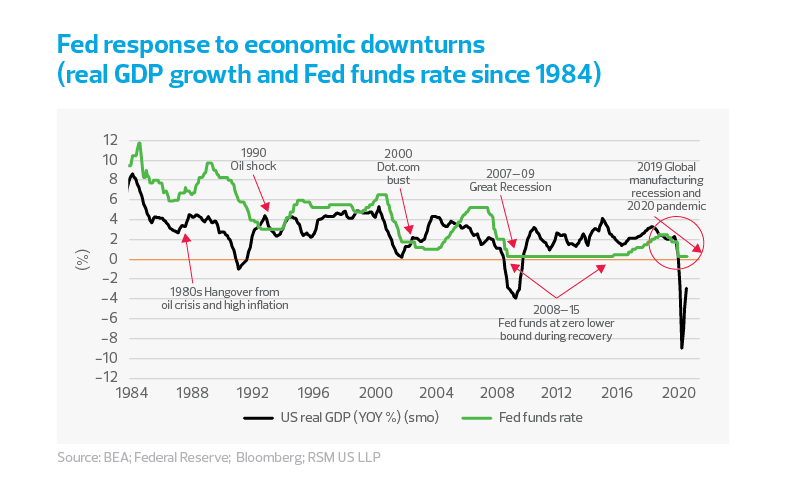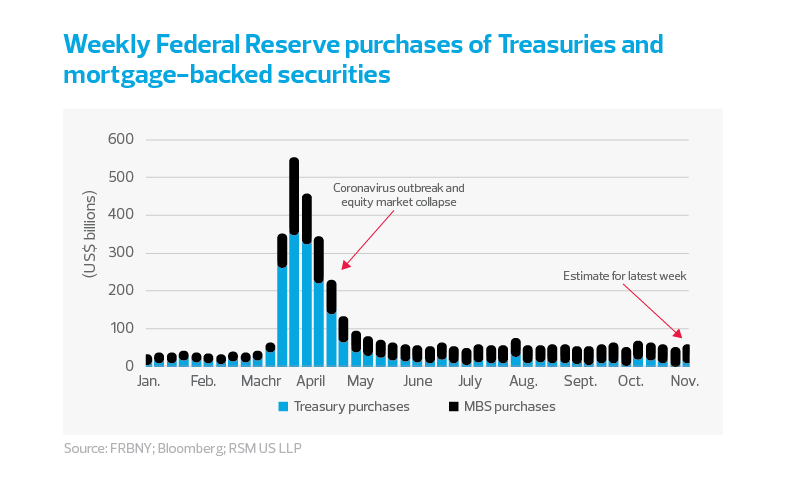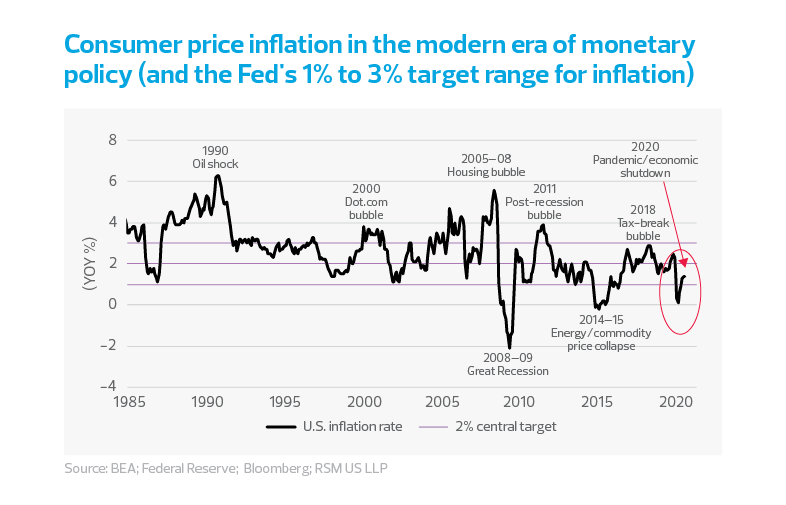The Federal Open Market Committee on Thursday kept its policy rate steady at a range between zero and 25 basis points and made little meaningful change to its policy statement. The Fed continued its asset purchase program at $120 billion per month and held the interest it pays on reserves at 0.1% and discount rate at 0.25%. There were no dissents.
Although there was no policy change, the Federal Reserve, facing the possibility of a divided government in Washington, remains the only game in town when it comes to providing sustained accommodation to an impaired economy.
It is certain that Fed Chairman Jerome Powell and other key central bank policymakers will continue to call on Congress and the executive branch to use the fiscal cannon to address the substantial economic challenges that remain. The pandemic is intensifying as the cooler months approach.
In our estimation, the probability of a $2 trillion stimulus is rapidly fading, and the central bank, like other central banks around the world, will again consider further unorthodox monetary policies should the pandemic intensify beyond what is currently thought. We do think that the upcoming minutes to the FOMC’s October meeting will almost certainly include discussion around increasing the pace and intensity of asset purchases this year or next.
So far, the Fed has pushed money-market rates to the zero bound and is likely to keep them there until the economy has returned to normal levels of output and full employment. While the economy may return to pre-pandemic levels by late 2021 or early 2022, it will be years before the economy is anywhere near what one would consider full employment.

To facilitate business and residential investment, the Fed will likely maintain its asset-purchase program, pressuring long-term interest rates lower with weekly purchases of Treasury bonds and mortgage-backed securities.

For now, inflation is not a concern for the direction of monetary policy. If anything, the threat of the economy slipping into deflation is more of a worry for monetary authorities.
Should Congress agree to an additional stimulus package, lower long-term interest rates will allow the government to fund the program at a near-zero interest rate and real negative rates. This is the policy landscape that the Fed must navigate over the next few years. Those who say that the Fed is out of ammunition do so at their own risk.



